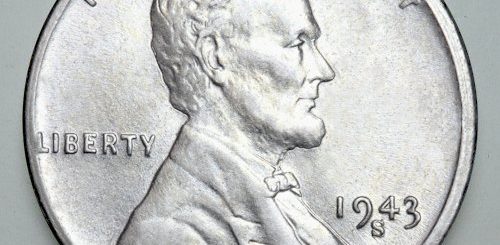Shield Nickel 5 Cents – American Civil War Coins
The Shield Nickel 5 Cents Coin was the first of its kind that used copper and nickel in coinage. The U.S. five-cent coins used to be made out of the precious silver but with the break out of the American Civil War in 1861, silver supply diminished and became very expensive. The U.S. Mint had to think of a cheaper alternative to continue producing the five-cent piece.
Although Nickel is a hard metal and difficult to strike at that time, its use for coinage was successfully pursued through the persistent lobbying of Joseph Wharton. Mr. Joseph Wharton was a well-known industrialist from Philadelphia who had a lot to gain if nickel was to be chosen as the replacement of silver in the coinage of the five-cent coins. He was an owner of a nickel mine in Pennsylvania and a nickel manufacturing company in New Jersey. His companies earned a lot of money especially when the U.S. Congress mandated that the new coin should be heavier than the usual specification of the Mint for such denomination. Heavier coin meant more nickel profit for Wharton.
The new nickel five-cent coin was designed by the chief engraver of the Mint at that time, Mr. James Barton Longacre. Due to the urgency of the task, Mr. Longacre just based the new coin design on his old design for the two-cent piece. He just made a few alterations on the old shield design, which have long served as a symbol of a strong and united America. Mr. Longacre refined the design by removing the banner on top of the shield, on which the phrase “In God We Trust” is inscribed, but retaining the inscription. He also transferred the two arrows from top to the bottom sides of the shield and added instead, a cross on top.
The result was a cleaner and more sophisticated obverse design on the new five-cent piece, which was even considered as the most patriotic U.S. coin design. The reverse or tail side of the coin, however, was not much of an art. It was a simple number 5 circled by 13 stars and 13 vertical stripes, with the words United States of America and cents around the edge of the coin.
This first design was short-lived, started in 1866 and ended the following year when a redesign was required due to the difficulty of striking it on the copper-nickel alloy. The vertical stripes, or rays in between the stars on the reverse, were removed in the hope that it would make the coin easier to strike. That did not solve the problem but instead caused several coin varieties of the Shield Nickel until the Mint finally gave up calling off the coin’s production in 1876.


